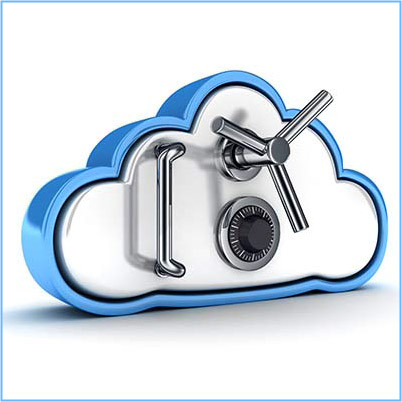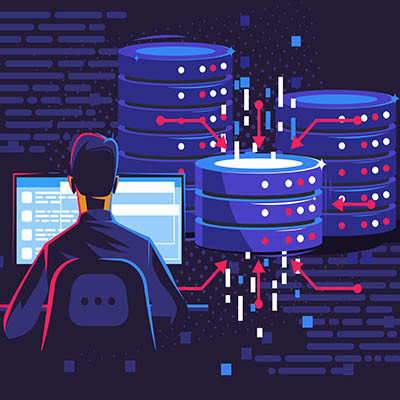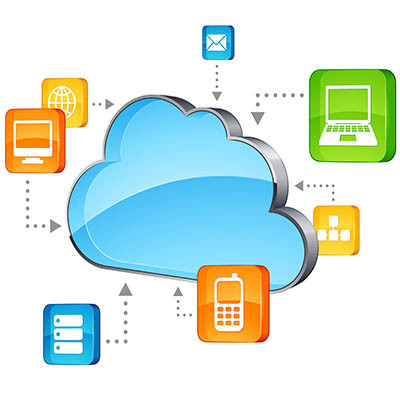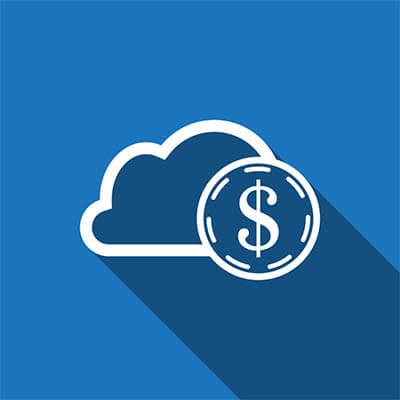If you consistently find that technology in your office causes more problems than it’s worth, perhaps it’s time to take a closer look at what you could be doing better with your infrastructure. We want you to look at failing or inoperable/inefficient technology as an opportunity for improvement rather than another large expense. A good hardware refresh centered around your organization’s needs can revitalize operations and improve your bottom line.
Cerberus IT Solutions Blog
If your team has trouble using the technology in your office, then you might be staring down an opportunity to completely revolutionize the way your business functions through the use of new business technology. It could be something as simple as your hardware being old or your systems needing a reexamination of your business processes; whatever it is, upgrading your business technology can pave the way forward.
How much time does your business invest in software and its management? There are some that you can’t really go without, like email solutions and productivity suites, but you might have other specialized software that also requires attention. When you acquire new software, you can either go the traditional route or you can go the Software-as-a-Service route. Which path is the best choice for your business?
Let’s face it… “government” and “innovation” aren’t usually associated with one another. Despite the finances that these organizations have, these funds are generally spoken for (on top of not always being used as efficiently as they could be). However, some government operations have started embracing cloud services, which has led to benefits for their entire communities.
While we're big proponents of cloud services, including those used for data storage, it is important to point out that it isn't just a matter of having a cloud. Whether you're using your cloud storage as your business' primary data storage or simply using it as a backup, part of your considerations needs to be whether or not your cloud storage remains secure.
Smart devices have enabled individuals and businesses to push the limits of connectivity, allowing them to have unprecedented amounts of control over their offices and homes. People can turn down their thermostats or lock the front door with the click of a button, as well as control how much power their homes consume. However, security is a pain point for these types of connected devices.
Have you stopped to consider how much your business spends every year on data storage and warehousing? If not, you might be surprised by how much this process actually costs, both in terms of capital expenses and operational costs. We’d go so far as to say that you’re spending more than you need to.
The primary difference between an enterprise and a small or medium-sized business is simply how big it is. Due to this size, many of the tools used by enterprises are so powerful and dynamic that they can easily be used by businesses much smaller. Let’s take a look at what some of these technologies and processes are.
Business hardware is never a small investment to make, so for a business to make the best use out of their invested funds, their hardware needs to be seriously considered. One way to do so is to use a virtualized environment, whether that environment is hosted onsite or in the cloud. Let’s consider the inherent benefits of virtualization.
Regardless of a business’ size, technology can help it to resolve most operational challenges it is contending with. For instance, global toy producer The Lego Group shared their own story about how improved IT solutions helped it to address some significant issues it had. Let’s go over what The Lego Group did, and then see how their process could translate to your business.
Five months into the COVID-19 pandemic, many businesses have resolved to shift their operations and replace a lot of their onsite computing hardware with cloud solutions. While the cloud has proven to be a great method for businesses to obtain the resources they need without investing in the associated costs of a hardware refresh, its other costs could prove problematic. Let’s examine your options briefly and try to establish a sense of value.
Collaboration has always played a critical role in a business’ success, which is one of the biggest benefits that the cloud offers. Since cloud technology has suddenly become even more important for a business--especially in terms of business connectivity as more people are displaced from the office by the COVID-19 pandemic--we felt that it was an appropriate time to address just how many different kinds of communication tools are available through the cloud.
Cloud solutions have helped considerably advance businesses, regardless of whether a business makes use of public cloud solutions or a private option that it hosts itself. Many have found great utility in combining the two into a hybrid cloud solution. Let’s consider the pros and cons of the hybrid cloud to see if it would suit your needs.
Cloud computing is the single fastest growing business computing method. Why is this? The cloud offers options that simply weren’t available in the past. Switching to the cloud not only can benefit your business productivity, but also your security, flexibility, and efficiency. Today, we will talk about how migrating to the cloud can help YOUR business.
The cloud has proven to be an extremely useful tool for the modern business. Not only does it provide anywhere-anytime access to applications, processing, storage, et al; it also delivers those products as a service, allowing you to budget for recurring costs rather than major upfront ones. This provides your organization with functional, supported, and secure computing environments that eliminate a lot of the support costs that traditional computing environments require. It sounds like a perfect scenario for small and large businesses alike, but things aren’t always what they seem, as a lot of cloud users have found that they have incurred several hidden costs by using cloud platforms. Today, we take a look at these hidden costs.
Profitability is less the measure of being able to turn a profit, and more the measure of how much profit you can make. For the successful small business, the integration of technology can dictate what kind of annual margins you are looking at. For the new company, however, it can be something even more critical: the difference between setting a course for success, or wallowing in failure. Today we analyze the cost difference between hosting your IT in-house, or choosing to host it in the cloud.



















